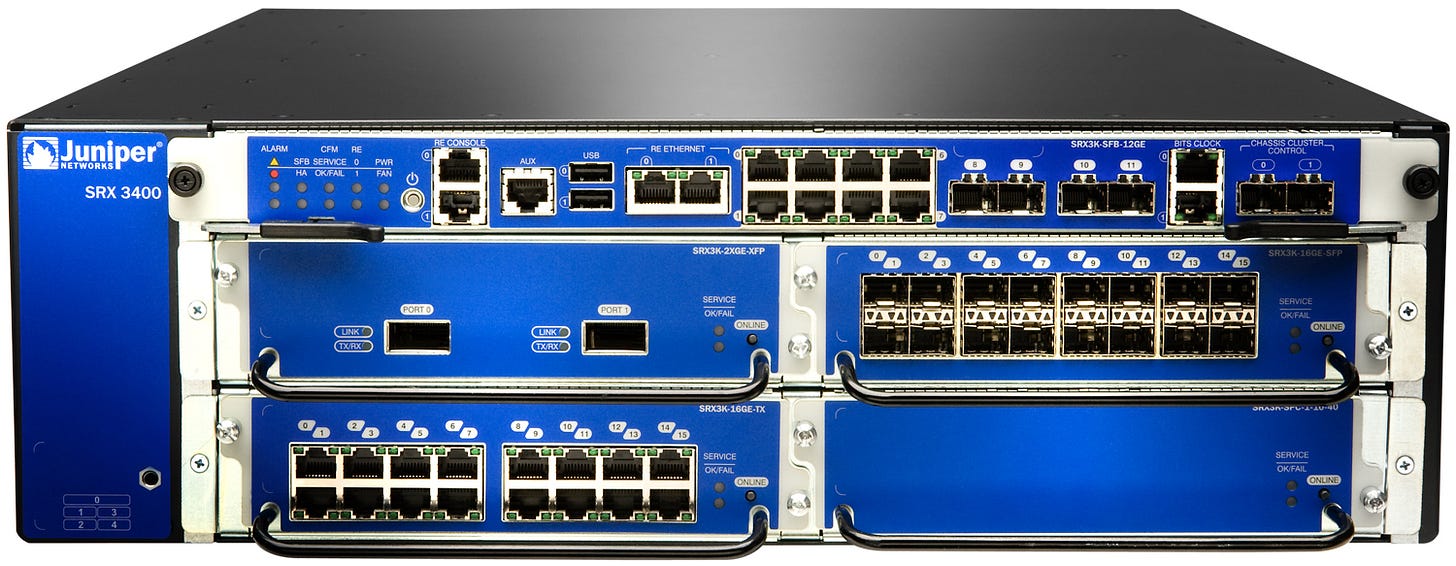IPv6: The Trojan Horse Threatening Internet Privacy
Involuntary Surrender of 4th Amendment Rights
Introduction: The Internet’s New Mask
If you value your privacy, you should be wary of IPv6. Let’s peel back the layers of marketing and “progress” to see what’s really at stake when the world switches to this new internet addressing system. As someone with a background in military intelligence and hands-on experience in computer and communications networks, I’ve watched this development with concern—and I think you should, too.
Why Listen to Me?
I spent over seven years enlisted in the U.S. Air Force, much of it working in Military Intelligence at Elmendorf Air Force Base. My specialty was “Electronic Computer and Switching Systems”—in plain English, that means I built, maintained, and taught others about the core infrastructure that moves digital information across the world. I don’t just know how networks work; I know how they’re monitored, manipulated, and sometimes compromised.
Why Is IPv6 Being Pushed So Hard?
Ask Google, “Should everyone adopt IPv6?” and you’ll get glowing answers. Here are some “selling points” you’ll hear:
Unlimited Address Space: IPv6 offers vastly more unique addresses than our old friend IPv4. In a world where every gadget, car, and refrigerator wants an internet connection, running out of addresses is a real problem.
No More NAT (Network Address Translation): Natting, a technical fix for IPv4’s limited address space, lets all your home devices share a single public IP. IPv6 “eliminates the need for NAT,” allowing devices to connect directly to each other, supposedly improving performance and making troubleshooting easier.
Enhanced Security: IPv6 was designed with built-in support for advanced encryption (IPsec), supposedly making it more secure by default.
So, what’s not to love? Progress! Efficiency! Security! But whenever you’re being sold something that sounds too good to be true—especially about technology and privacy—you should start asking harder questions.
Reading Between the Lines: Public Spin vs. Hidden Motives
From my years in intelligence, I learned that large organizations, especially those connected to government, rarely have just one set of motives. They communicate in two languages:
Public mission statements all focus on “convenience, safety, security”. Who could argue against those values?
Classified or hidden missions often revolve around “identify, associate, collect”—in other words: make people, actions, and data traceable and collectible.
When agencies or major corporations talk about internet changes, they almost never lie outright. Instead, they use carefully crafted language that steers public perception, leaving out inconvenient truths. Take NAT, for example. Google claims IPv6 “eliminates the need for NAT,” but the reality is that “they” are actively eliminating the ability to NAT altogether.
The Accidental Privacy of IPv4
Let’s simplify this for those less familiar with networking. IPv4, the internet’s original address system, handed out a very limited supply of unique addresses. NAT (Network Address Translation) was invented so your entire home—laptops, smart TVs, security cameras, even your smart toaster—could use the same shared public IP address when communicating with the world.
From the outside, your house looked like one device. No company or government could trivially see which device inside your house did what, unless they had access to your router. This “obscurity through scarcity” was never really intended as a privacy feature, but it worked that way for most people.
IPv6: The End of the Crowd Mask
IPv6 rewrites these rules. Its address space is so big that every device on Earth—and then some—can have a unique globally routable identifier. This makes NAT unnecessary… and all but impossible. Your phone, your laptop, your fridge, even your lightbulb can now all have their own permanent “face” on the global internet.
What’s the privacy risk? Now when you visit a website, send an email, or chat with friends, your traffic comes stamped with an address unique to your device—not hidden behind the family’s shared address. Anyone with network access (your ISP, companies, and, yes, governments) can individually track or identify devices in your house. Temporary, “privacy” addresses exist, but many systems default to stable device identifiers. Either way, IPv6 makes surveillance and profiling much easier.
Security for Whom? The Government’s Hand in the Internet
We’re often told that the new wave of internet technology—like IPv6—also means better security. But “security” is a two-edged sword.
Over the years, government agencies in the US and abroad have had a powerful, sometimes invisible, influence on how internet protocols are written and how devices are designed. History is full of examples where so-called “security features” were twisted to serve hidden purposes.
Consider the 2015 Juniper Networks backdoor incident.
Most experts believe, nation-state actors, likely linked to US or Israeli intelligence—managed to plant unauthorized code in the operating systems of Juniper’s high-security routers and VPN devices. These weren’t minor products; they were the backbone for government, corporate, and military networks. The hidden code allowed these actors to decrypt supposedly secure traffic—reading private communications as if there was no lock at all.
The chilling part: This wasn’t done by breaking in through a weak password or a phishing email. It was a vulnerability quietly put in place at the deepest level of the hardware, invisible to customers for years. For people and organizations who depended on this equipment, their “security” was an illusion.
But the reach of governments isn’t just about backdoors in hardware. Many internet standards—including IPv6—are shaped by international committees where government and industry heavyweights steer the conversation. Sometimes, features that seem neutral or beneficial have hidden implications for surveillance or identification.
What Can You Do? Protecting Yourself in the IPv6 Era
The widespread adoption of IPv6 is probably inevitable. The tech industry, internet providers, and governments are steadily marching us toward this new system. But that doesn’t mean you must give up your privacy without a fight.
If you care about your privacy:
Disable IPv6 on your home network and devices, or configure your router to never assign public IPv6 addresses.
Use private (ULA) IPv6 addresses and firewall strictly if you need IPv6 for local networking.
Favor IPv4 with NAT where possible, and keep your devices behind a single shared IP.
Get familiar with your router settings and home network, and don’t take the “default” configuration for granted.
The technical details can get confusing, but the important thing is this: privacy isn’t guaranteed by protocols; it’s protected by vigilance.
Conclusion: Whose Security?
IPv6 is a marvel of engineering, but it comes with tradeoffs—especially for privacy-conscious users. The promises of “convenience, safety, and security” are half-truths unless we also acknowledge the price: less obscurity, easier identification, and powerful new tools for entities interested in watching and collecting.
Ask yourself: when a new technology promises “security,” whose security are they really talking about? Take steps now to stay in control of your privacy—before “convenience” gives away more than you realize.






